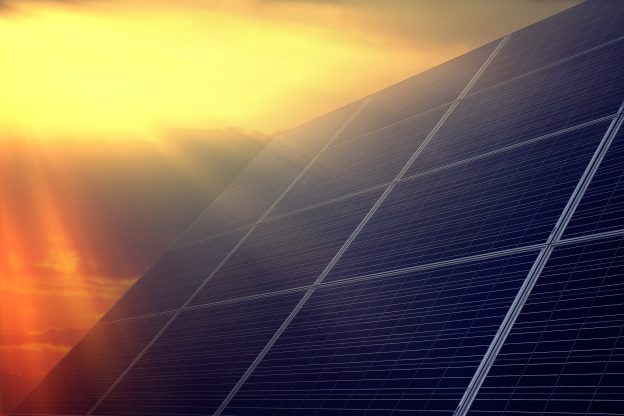A German research team has analyzed the future material usage in the crystalline silicon PV industry, focusing on key materials such as glass, aluminum, silver, copper, ethylene-vinyl-acetate (EVA), and polysilicon. Their findings suggest that adopting a circular recycling approach could effectively mitigate potential supply issues and become economically sustainable.
German researchers have analyzed the future material consumption of the crystalline silicon PV industry, including glass, aluminum, silver, copper, ethylene-vinyl-acetate (EVA), and silicon. They found that a circular recycling approach could address supply chain and waste issues while potentially being economically sustainable. The team presented a detailed vision of a "perpetual utility" cycle for solar panels, emphasizing the need to start implementing cradle-to-cradle recycling now, with Europe likely leading the way.
“Genuinely circular recycling is in the future for almost anything we produce today,” said research leader Ian Marius Peters in an interview with PV Magazine. “The biggest challenge is that we still lack processes that allow circular recycling to compete economically with producing virgin materials. Europe has the strongest regulatory framework, and I expect that to remain the case for some time. For that reason, I believe Europe will lead the way in the coming years.”
Peters emphasizes that circular recycling will enhance the sustainability of photovoltaic (PV) technology. Additional benefits include the recovery of valuable resources, such as glass, and even land. Currently, economic incentives for recycling are weak, so the effort is largely driven by policies and regulations.
In their study, the researchers based their analysis on a future scenario developed by PV scientist Pierre Verlinden, which projects a cumulative solar capacity of 80 TW by 2050 and a “steady-state manufacturing value of about 3.3 TW per year” by 2033. The study examined material re-use scenarios, economic value, and volumes to assess the role of circular recycling in sustaining the growth of solar PV and preventing waste streams comparable to today’s global e-waste levels. It focused on recycling materials such as silver, glass, and silicon. For instance, the study highlighted the need to replace or reduce silver use, as the PV industry may struggle to compete with other sectors that offer higher profit margins.
The team emphasized the importance of recycling silicon, copper, and aluminum if silver is replaced in photovoltaic (PV) modules. According to the scientists, aluminum emerges as the second-most valuable recycling product of a PV module, and its significance is expected to grow as silver usage decreases. Glass recycling is deemed crucial, particularly in the mid- to late-2030s, when retired panels will yield tens of millions of tons of glass with no alternative market to absorb it. Highlighting the significance of this issue, the team emphasized that the most suitable, and in some cases the only, market capable of handling such a volume of recycled material will be PV module manufacturing itself.
The researchers emphasized the importance of recycling processes that preserve the value of recycled components. For instance, recycling silicon could lower projected energy demand and shorten the energy payback time for modules crafted from recycled silicon. According to the team, circular recycling of silicon holds the potential to become the primary economic driver for module recycling.
Looking to the future, teams are actively developing PV module designs that facilitate easier dismantling. "We’ve developed prototypes with solution-process solar cells, demonstrating that all materials could be restored to the quality of virgin components," stated Peters.
Furthermore, there is a pressing need for research aimed at enhancing the quality of recycled silicon, refining methods to eliminate impurities, and minimizing energy consumption in the recycling process. The researchers underscored the critical importance of circular recycling in managing the substantial material flows necessary for a global PV module fleet spanning multiple terawatts. While acknowledging that mass recycling of PV modules may still be years or even decades away, the researchers stressed the urgency of initiating preparations for circular recycling now to prevent grappling with millions of tons of low-value waste in the future.
The perspective paper titled "Cradle-to-cradle recycling in terawatt photovoltaics: A vision of perpetual utility" has been published in Joule. Feedback received since its publication has been overwhelmingly positive. "People have expressed particular interest in how the projected material flows of the PV industry fit into a broader context and the implications this has for circular recycling," noted Peters. The research team involved in this study hails from the Helmholtz Institute Erlangen-Nürnberg for Renewable Energy, Jülich Institute for Energy and Climate Research, and Friedrich-Alexander University.
From PV Magazine







